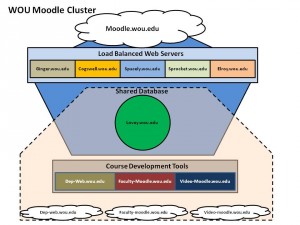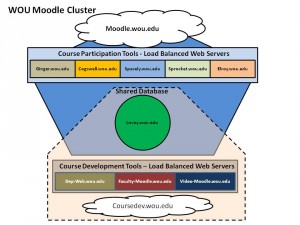Danielle Gauntz, Web Desinger, had her baby daughter on July 3, 2015. She will be back, providing full time web support on September 8, 2015. Her tentative plans include working 10 hours per week, starting July 20,
Shandelle Pepper is the technician providing Word Press support through December. Don’t hesitate to give her a call. She is glad to meet with you one-on-one or as a group. Her contact information is:
- e-mail peppers@wou.edu
- phone 503-838-8493
WordPress resources can be found here.



